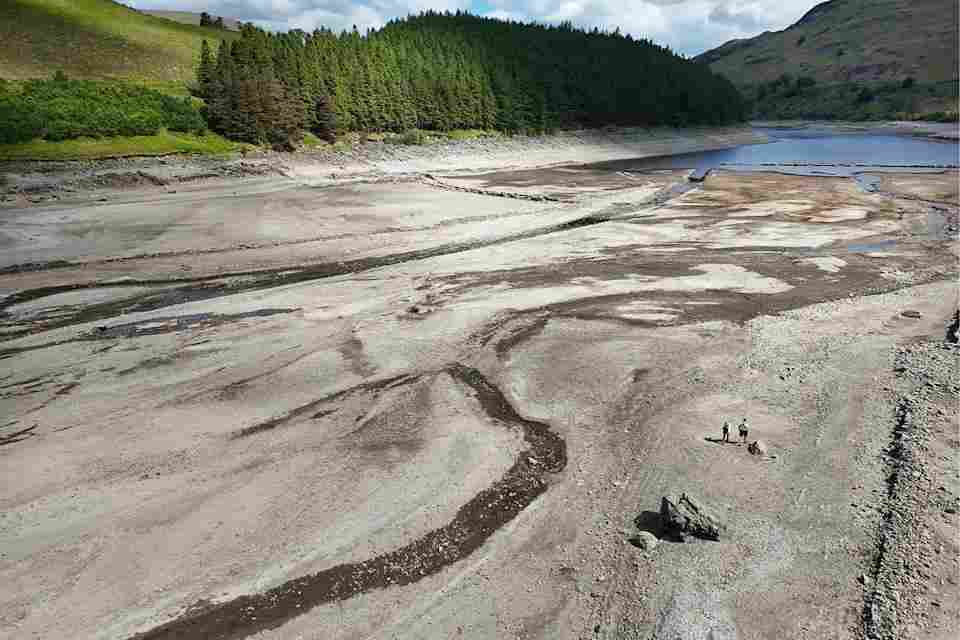
Arizona, United States (Enmaeya News) — Vast regions of the world are losing freshwater and becoming increasingly arid, putting nearly 6 billion people in 101 countries at risk, according to a new study based on 22 years of satellite data.
Published in Science Advances, the research identifies “megadrought” zones spanning large parts of Canada, Russia, the southwestern United States, Central America, the Middle East, northern China, and Southeast Asia, as well as a continuous dry belt stretching from North Africa to Europe.
The study tracked water in rivers, lakes, glaciers, soil, and underground aquifers using satellites to measure changes in Earth’s gravity field. Researchers found that groundwater depletion accounts for 68% of water loss in dry regions, surpassing the impact of melting mountain glaciers on sea-level rise.
Hrishikesh Chandranpurkar, a researcher at Arizona State University and co-author of the study, said the findings reveal that many areas are not only drying on average but are also “failing to live within the limits of available water.” He added, “Water is undervalued, and long-term reserves are being exploited for short-term gains.”
The study warns that the annual loss of freshwater in dry regions—estimated at 368 billion metric tons—is more than twice the volume of Lake Tahoe or ten times the size of Lake Mead in the United States.
Jay Famiglietti, a water scientist and co-author, described the rapid expansion of drought as “the most alarming signal yet of climate change’s impact on global water resources.” He noted that drylands are expanding annually by an area roughly twice the size of California.
The research highlights two main drivers of the crisis: rising global temperatures linked to fossil fuel use and decades of over-extraction of groundwater. Overpumping in agriculture and urban areas has caused water to evaporate, eventually falling into oceans and contributing to rising sea levels.
Scientists warn of long-term consequences, including declining crop yields, economic disruption, migration from arid regions, escalating water conflicts, and potential governmental instability.
The study underscores that many underground reservoirs are being depleted faster than they can naturally recharge. Chandranpurkar cautioned, “Once these reservoirs are gone, the collapse of the water sector is imminent, with irreversible effects for current and future generations.”






